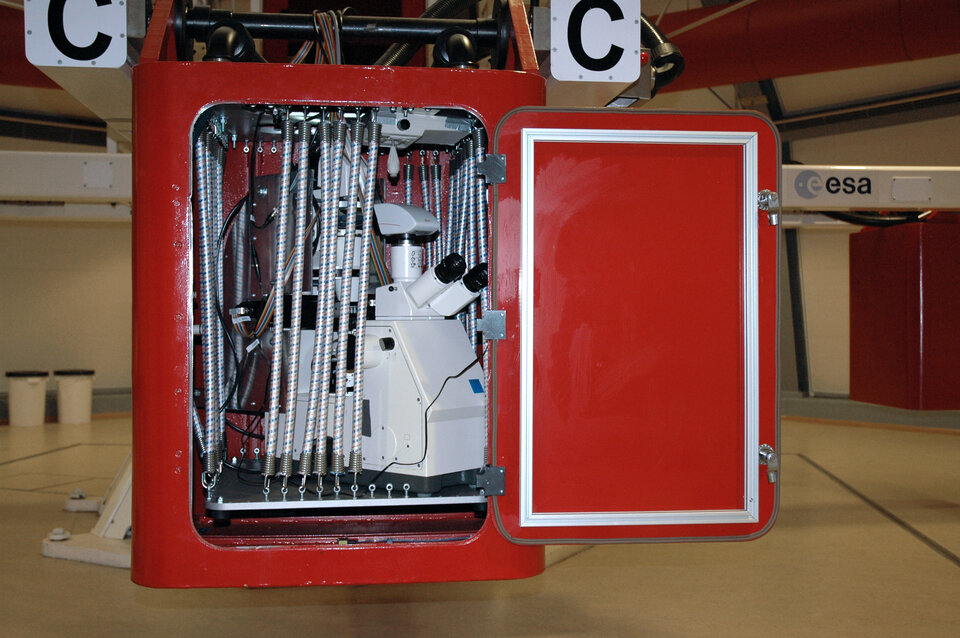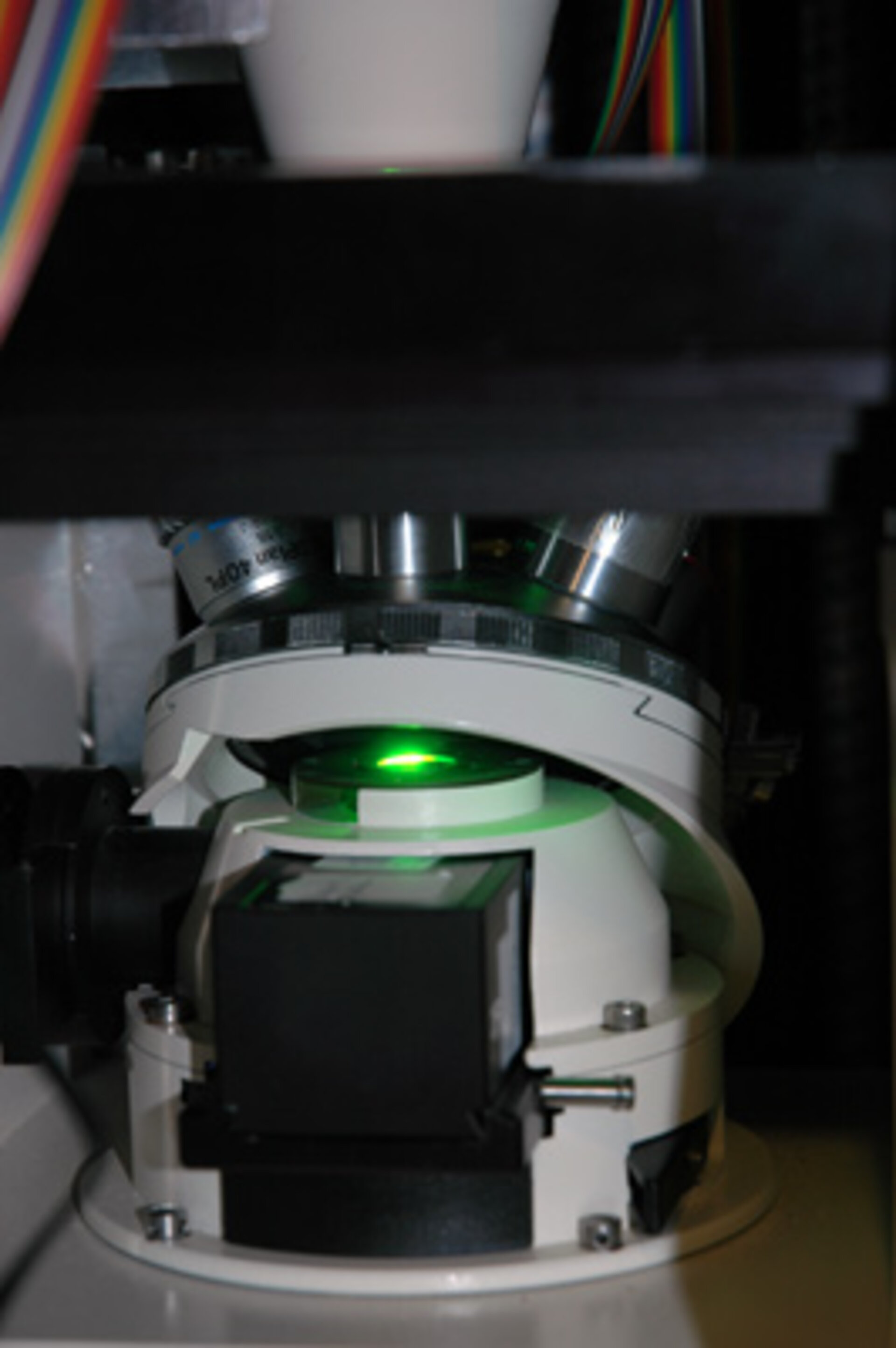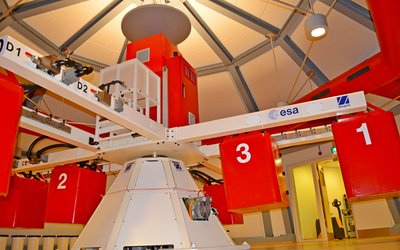Student plant study could help understand the effect of altered gravity on humans
Student researchers have investigated how changes in gravity affect intracellular processes in plants. The research was conducted as part of ESA Education’s Spin Your Thesis! Programme. Their results could have implications for understanding human health, too.
Spin Your Thesis! is one of the several hands-on opportunities offered by ESA to university students. Through them students can realise high quality experiments linked to their syllabus, use the results in their thesis and publish them in professional journals.
The PolVol team, author of the research, was formed by students studying at the Université de Montréal (Canada) who investigated how growth and transport processes in plant cells are affected by changes in gravity acceleration. The team was mentored by a member of ELGRA, the European Low Gravity Research Association, co-author of the results. PolVol stands for ‘pollen’ and the French word ‘voler’, to fly.
They collected pollen grains from camellia plants and placed them into the Large Diameter Centrifuge (LDC) facility at the European Space Agency’s European Space Research and Technology Centre (ESTEC) in Noordwijk, the Netherlands. A camera attached to a microscope enabled the researchers to track the development of the pollen tube - the delivery organ for the sperm cells - in real time.
The centrifuge was able to simulate a strong gravitational field, up to 20 times the strength of gravity at the Earth’s surface. The researchers compared the growth behaviour and the shape of pollen tubes grown under these conditions to those grown under the normal pull of gravity and found both parameters to be significantly altered. Equally dramatic changes, although different in nature, were observed when the same experiment was done in a Random Positioning Machine (RPM), which continuously changes the orientation of the specimens to simulate microgravity conditions.

How can these changes in cellular shape and growth behaviour be explained?
To find out, the researchers stained specific structures within the cells, which allowed them to watch how the cellular components moved around during the changing gravity environment. To achieve the observational stability needed for the high-definition camera to work and obtain this data, experts from the Life and Physical Sciences Instrumentationand Life Support Laboratories in ESTEC test facility modified temporarily the LDC to include a vibration isolation system. The refinement paid off.
“We found that intracellular traffic flow is compromised under hypergravity conditions and that both hyper and microgravity affect the precisely coordinated construction of the cellular envelope in the growing cell,” says Youssef Chebli, Université de Montréal.
The movement of organic components in this intracellular traffic flow allows cells to function normally. In human cells, this kind of intracellular traffic is required to ensure the growth and functioning of nerve cells, for example. The researchers hope their work can provide insights into the effects of altered gravity on cognitive functioning and human development.
Notes for editors:
“Cell wall assembly and intracellular trafficking in plant cells are directly affected by changes in the magnitude of gravitational acceleration” by Chebli et al. was published in the journal PLOS ONE on 13 March 2013. (http://dx.plos.org/10.1371/journal.pone.0058246)






